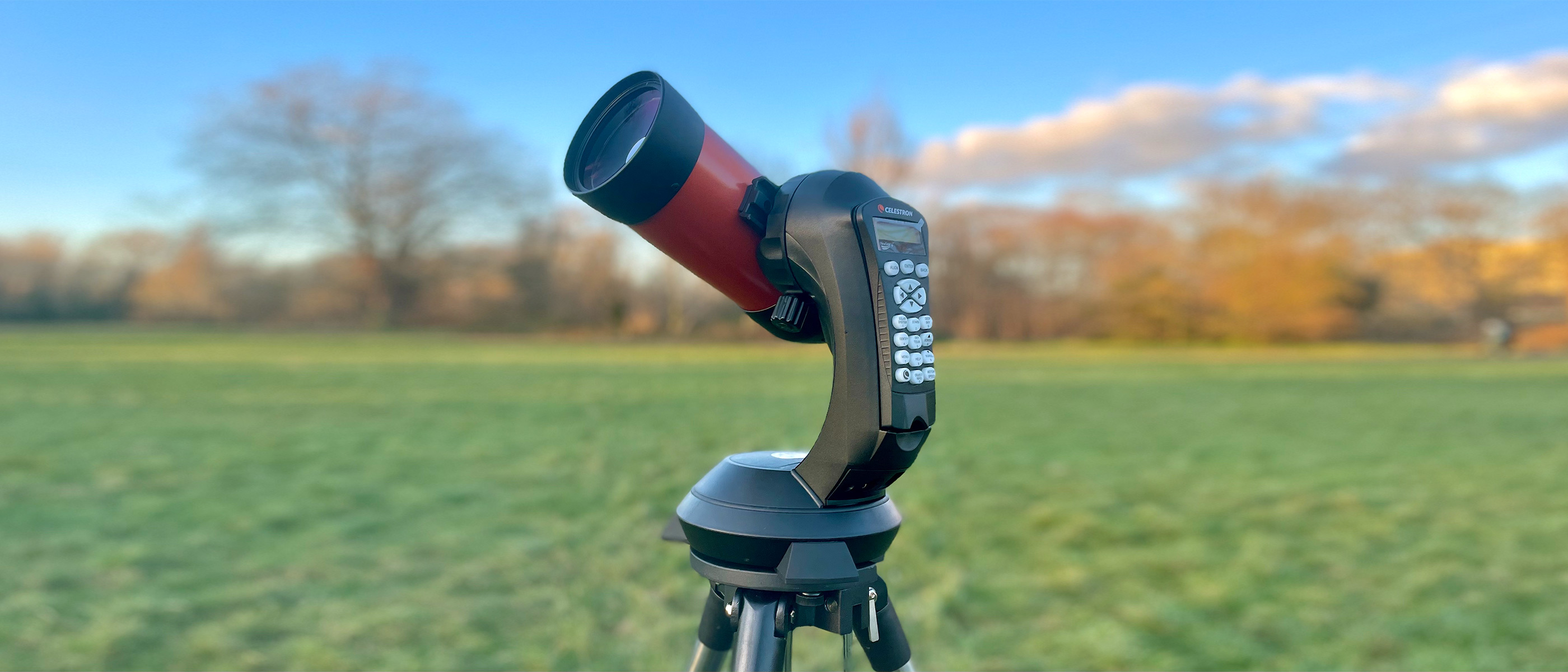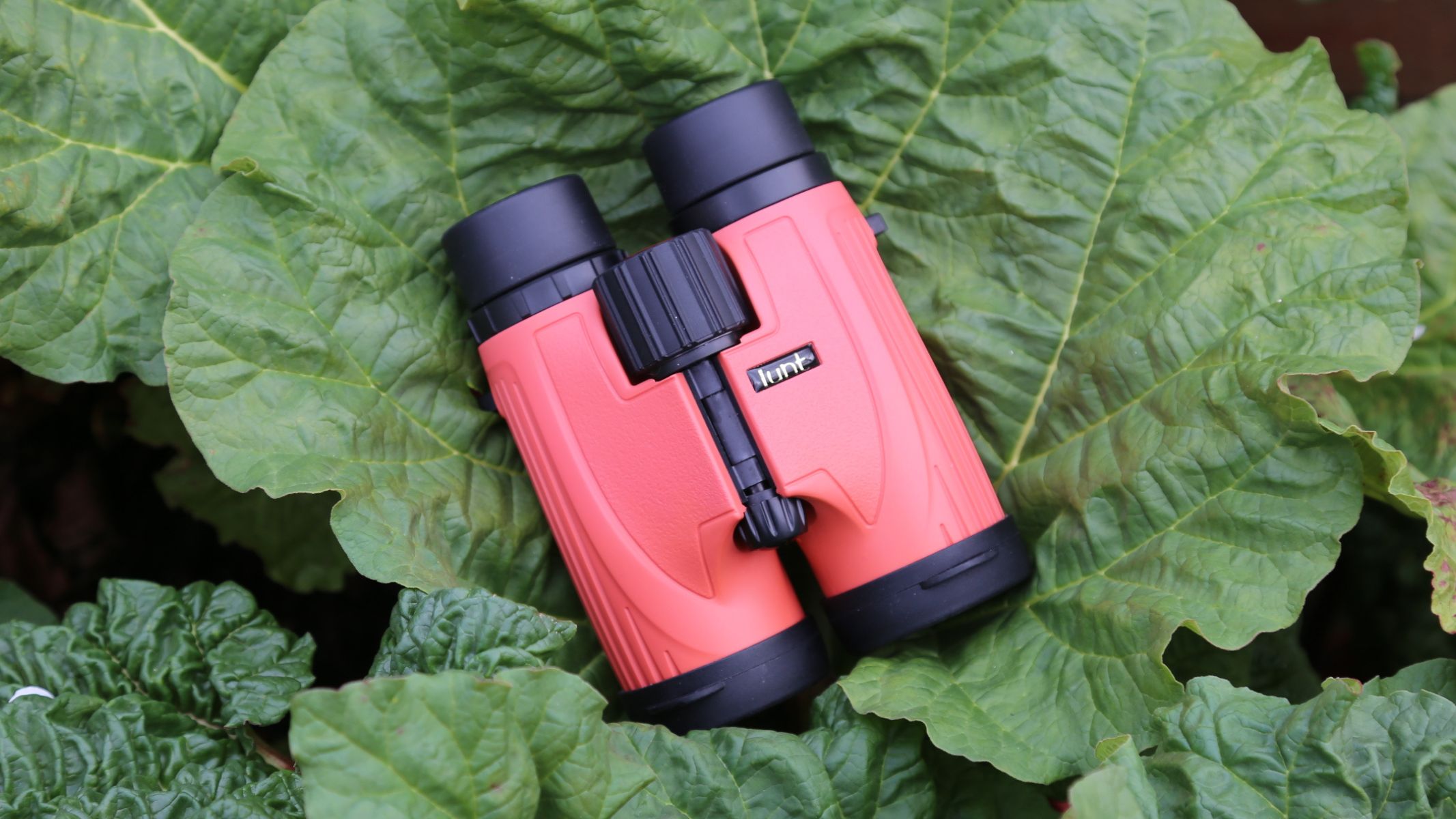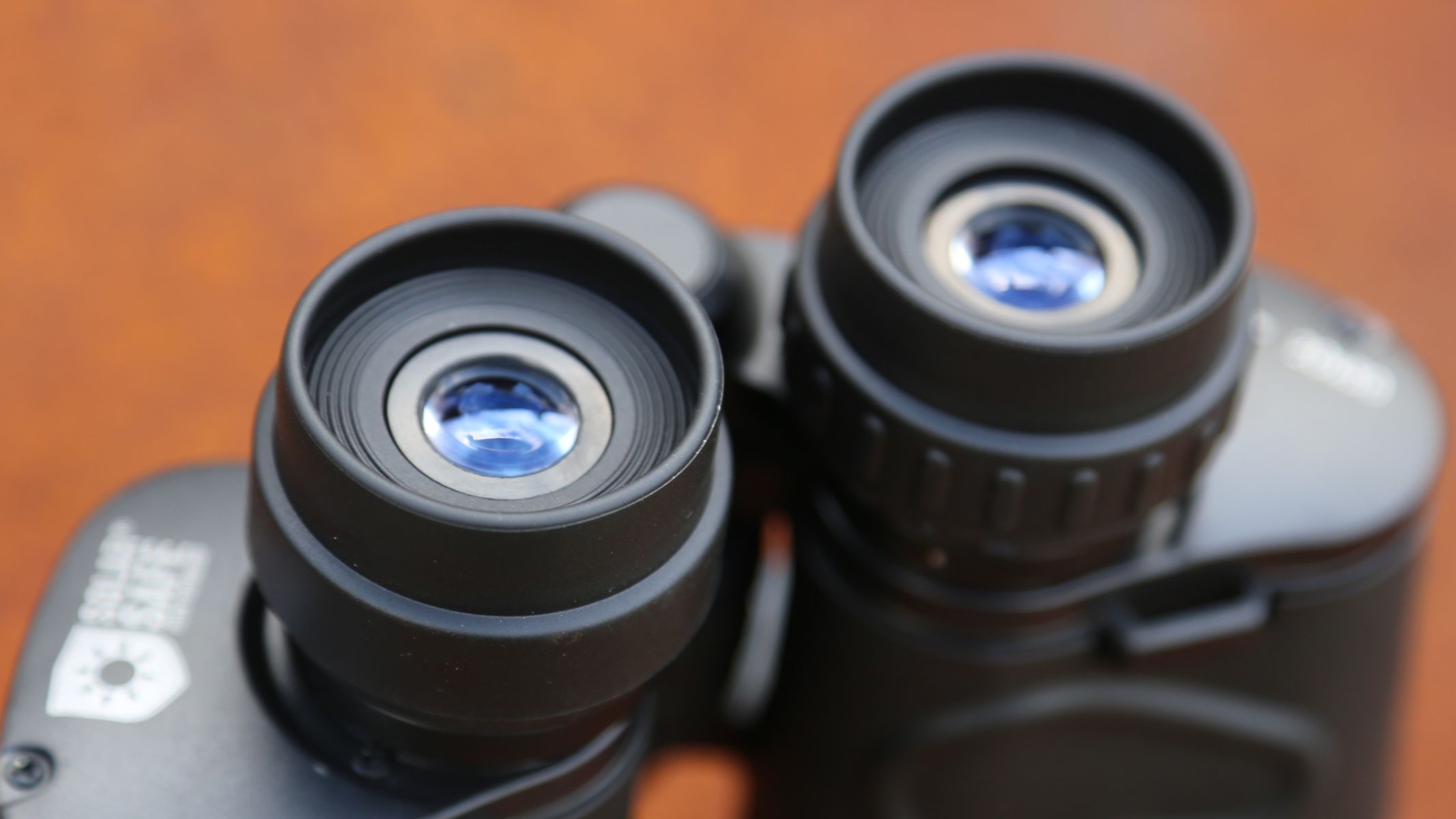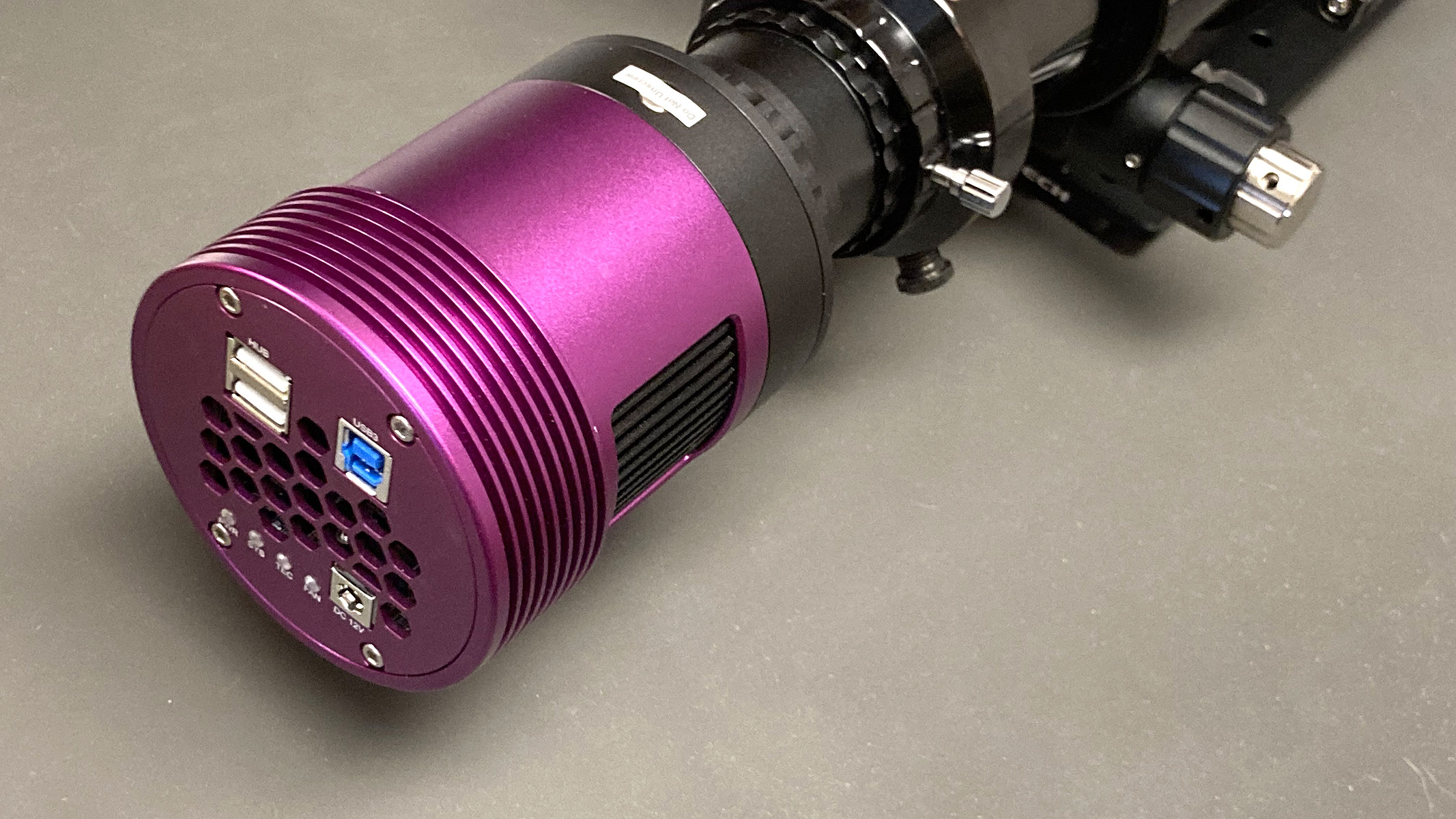Space Verdict
If you want to check out the planets and bright objects in the sky quickly and effortlessly, the Celestron NexStar 4SE will serve you well. It capably produces clear, sharp images for its price range, but you may end up shelling out a bit to replace drained batteries or on additional accessories to fully maximize its potential.
Pros
- +
Uncomplicated, quick setup
- +
Auto finds night sky objects
- +
High quality, sturdy build
- +
No collimation required
Cons
- -
Narrow field of view
- -
Not very portable
- -
Limited accessories supplied
Why you can trust Space.com
The first iteration in Celestron’s SE lineup, which includes the 5SE, 6SE and 8SE, the 4SE is a 4-inch (102 mm) Maksutov-Cassegrain with a focal ratio of f/13, long enough for some great, sharp lunar and planetary viewing.
It comes with a single 1.25-inch eyepiece with a long 1325 mm focal length, providing a somewhat limited maximum field of view which can be unforgiving at times when manually slewing to find your target (a gentle nudge in any direction may push it just out of view). However, Celestron’s nifty Skyalign software mostly works well with GoTo technology to get you in the right viewing zone.
Celestron NexStar 4SE telescope review
Celestron NexStar 4SE: Design
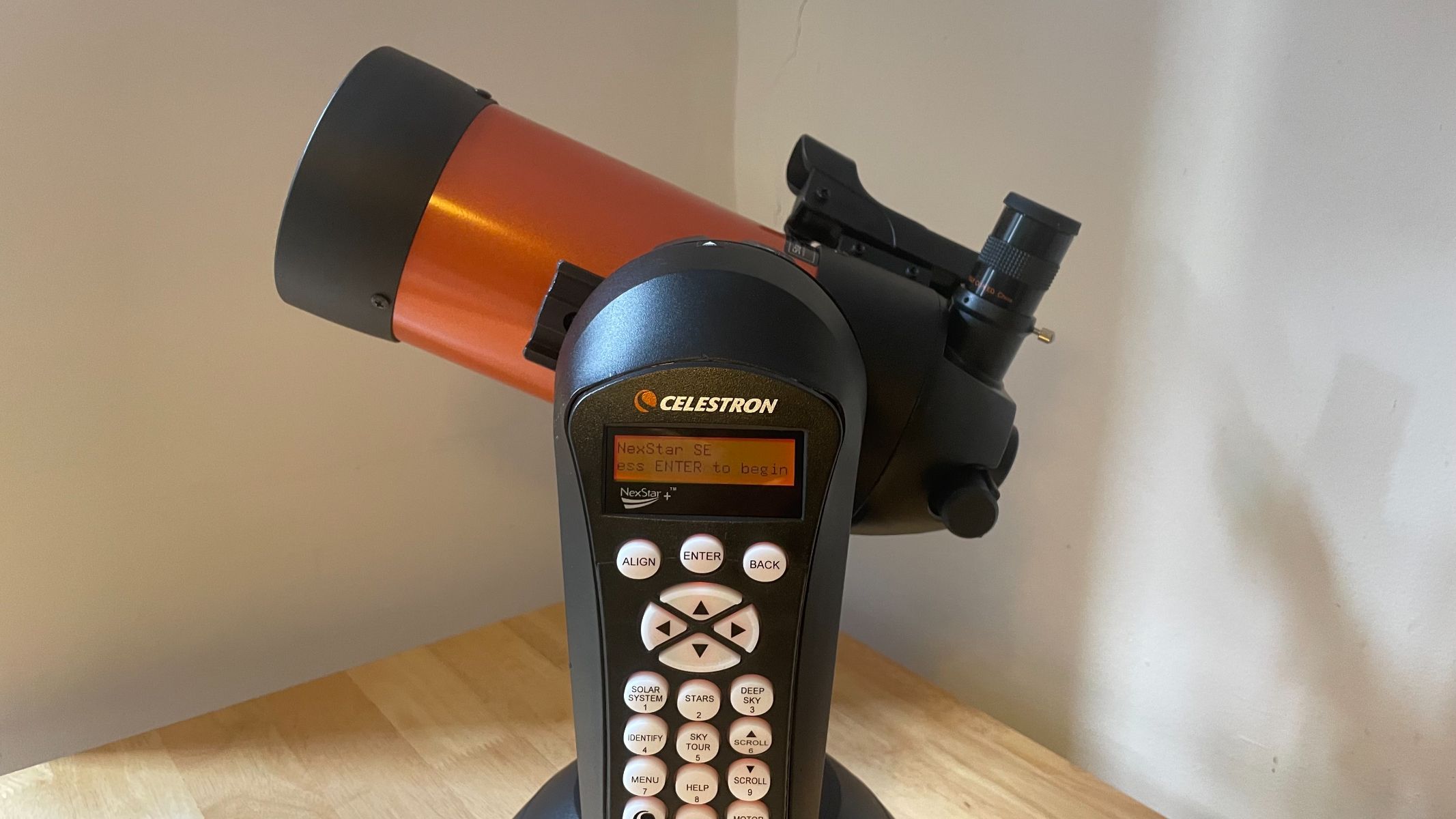
- Celestron's iconic orange tube design looks very snazzy
- Build is solid and sturdy
- Drains batteries fast
The NexStar 4SE comes with one 25 mm Plossl eyepiece, giving a magnification of 55x, which is decent enough for its price range though there is certainly much more to be said for its capabilities when fitted with different eyepieces and filters. If you want to eke out as much color and detail as possible, you'll need to invest in some accessories.
Putting it together was quick and straightforward; there was a heft to the main fork arm and everything had that reassuring heaviness to it, especially the sturdy tripod, which is handily supplied with a spirit level (though a pack of AA batteries would have been preferable).
Transporting the Celestron 4SE wasn't the most convenient for a beginner-friendly scope. In total, the unit weighs in at around 8kg, and the tripod doesn't quite fold up entirely, so packing it all into a standard-sized duffel bag is not an option. Without a car, or a purpose-built carry case (this is available, for a cost), it's a cumbersome journey to and from your nearest stargazing spot. However, once set up and ready to go, its sturdiness reduces noise and vibrations well, so it just about warrants the trade-off in relative portability.
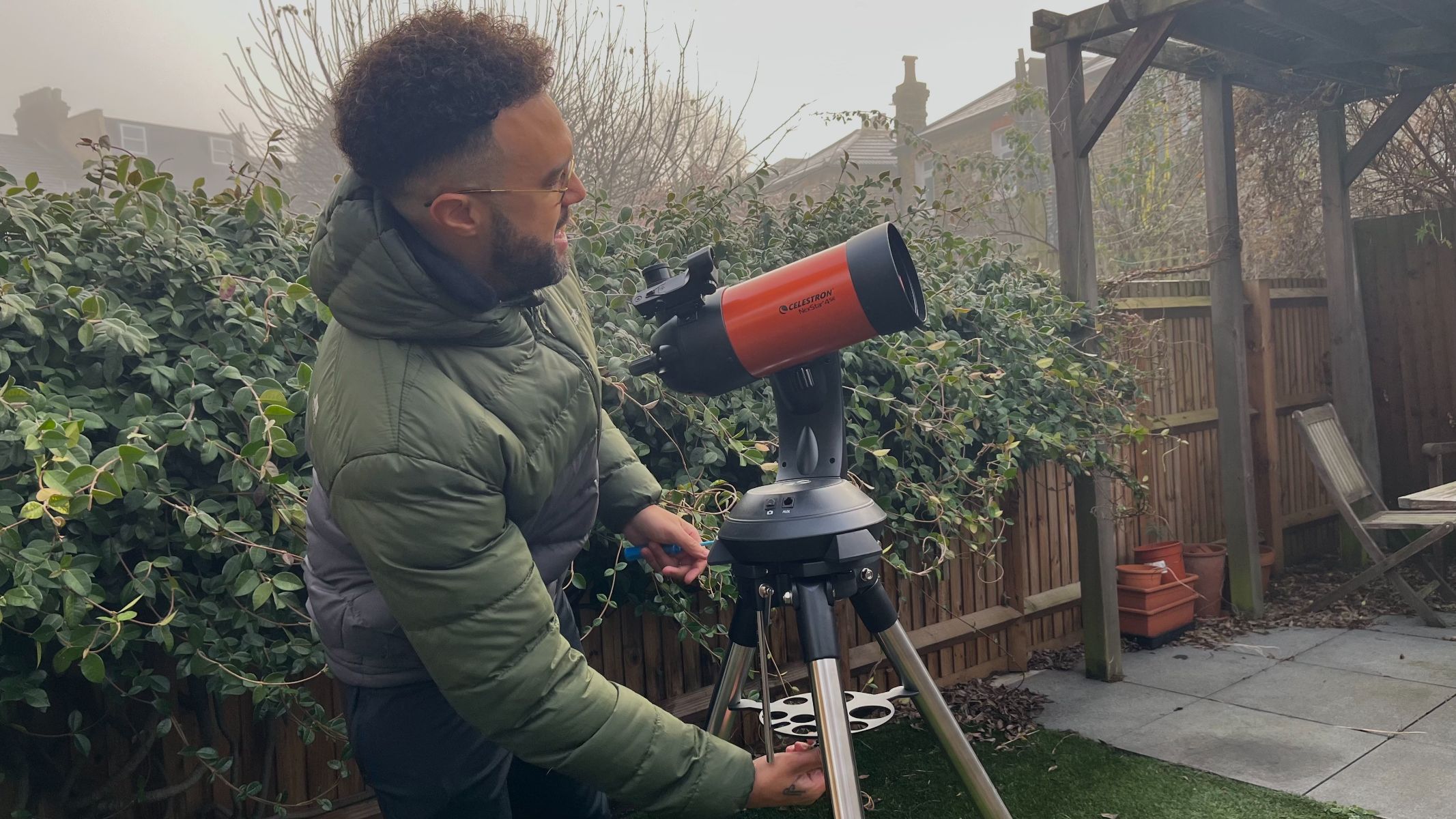
As with its larger siblings in the SE range, the 4SE's motors are especially power-hungry, draining an entire pack of 8 AA batteries after one or two nights of viewing. Despite the option to connect an external power source, it comes across as quite an obvious design flaw and one which can quickly turn into a pricy endeavor with repeated use.
Aside from those niggles, the slow whoosh and whizz of the scope is great to watch as it maps its position in the universe, cleverly using your location and time information to crunch the numbers. Accomplished by Celestron's SkyAlign technology, it mostly worked a treat — calibration was accomplished within minutes using three of the brightest objects in the sky. We found it sometimes required very slight corrective nudging (selecting Jupiter, for instance, the scope whizzed just past the big bright planet); and operating at full pelt, the motors are quite noisy, but they swerve and tilt the scope smoothly. All in all, we were ready to go in minutes to tour the night sky on an extra frosty January evening.
Celestron NexStar 4SE: Performance
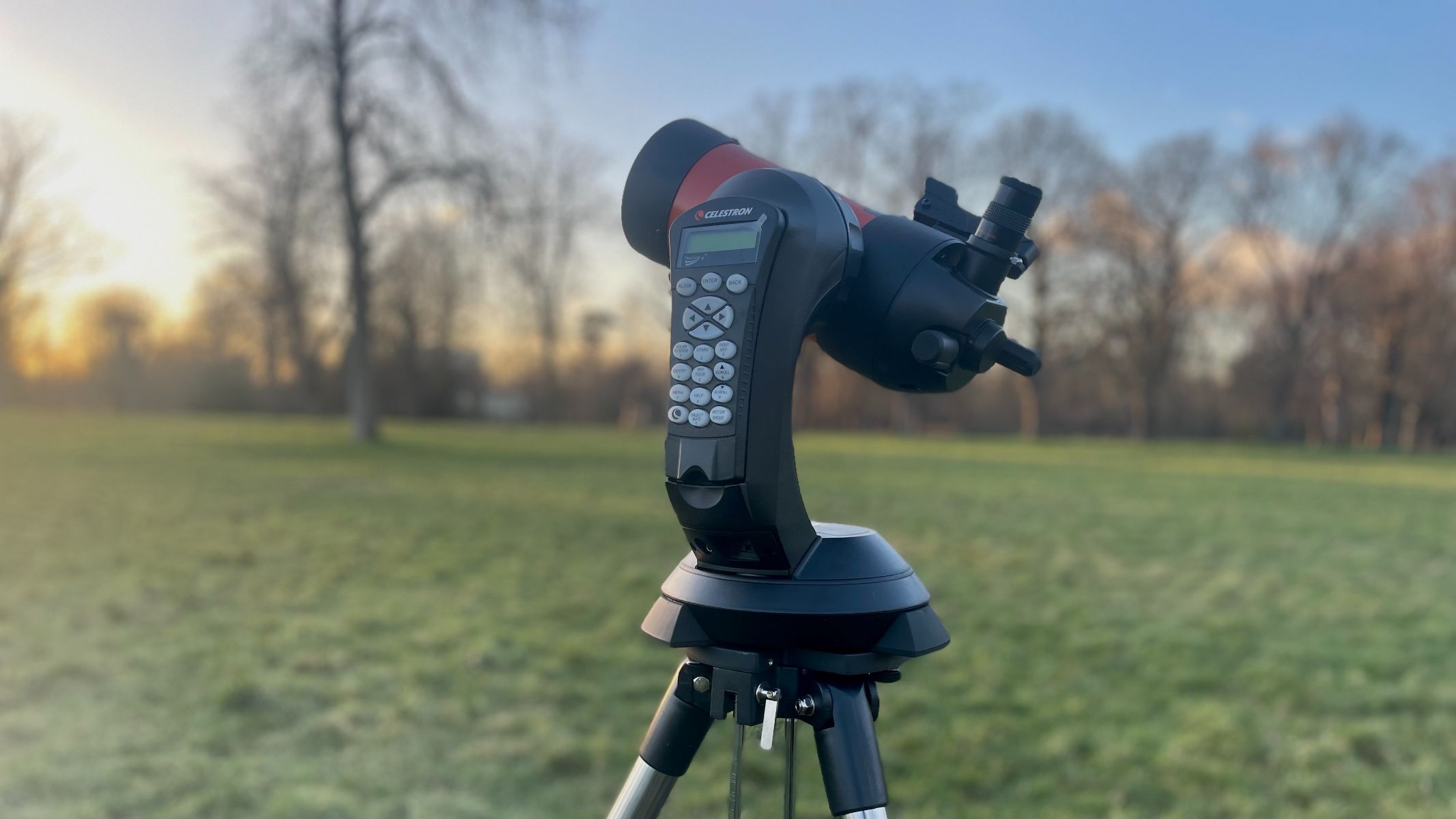
- Great for observing the moon and planets
- Capable of tracking objects across the sky
- Narrow field limits worthwhile viewing of large open clusters
If you want to be wowed by the night sky headliners — the moon and the planets — the Celestron 4SE does a perfectly good job of finding them and providing crisp, detailed viewing. Jupiter was high and easily visible to the naked eye, so we instructed the hand controller to take us there for first light. The computerized mount duly buzzed back as the motors auto-aligned the fork arm, and sure enough, we were immediately rewarded with a very sharp view of the bright gas giant and its suspended moons.
Jupiter's coffee brown and creamy white bands were faintly visible through the eyepiece, but not so much through the lens of a regular smartphone. Holding ours as steady as we could with autofocus disabled gave a reasonably decent shot, but if you want optimal, clean astrophotography from this unit, you'll need a Barlow and T-adapter to attach a DSLR.
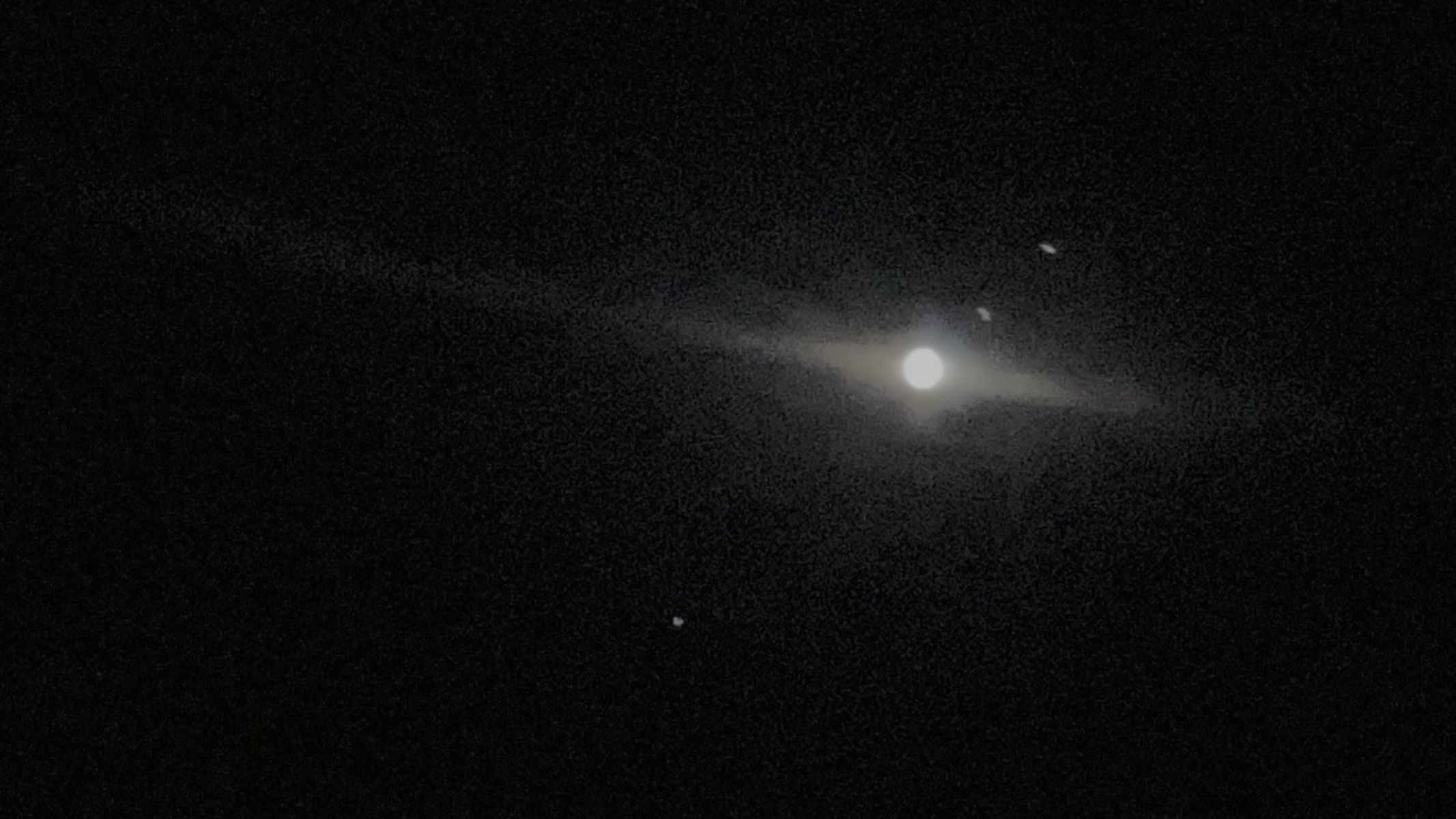
And that's the general case for viewing with the NexStar 4SE; though its optics are mostly great, its 1.25-inch eyepiece and long focal length of 1325 mm means the field of view is limited to around 1.2 degrees. As a result, observing deep-sky objects was somewhat less thrilling than planetary viewing, as much of the open clusters stored in the GoTo's address book simply didn't fit in the field of view.
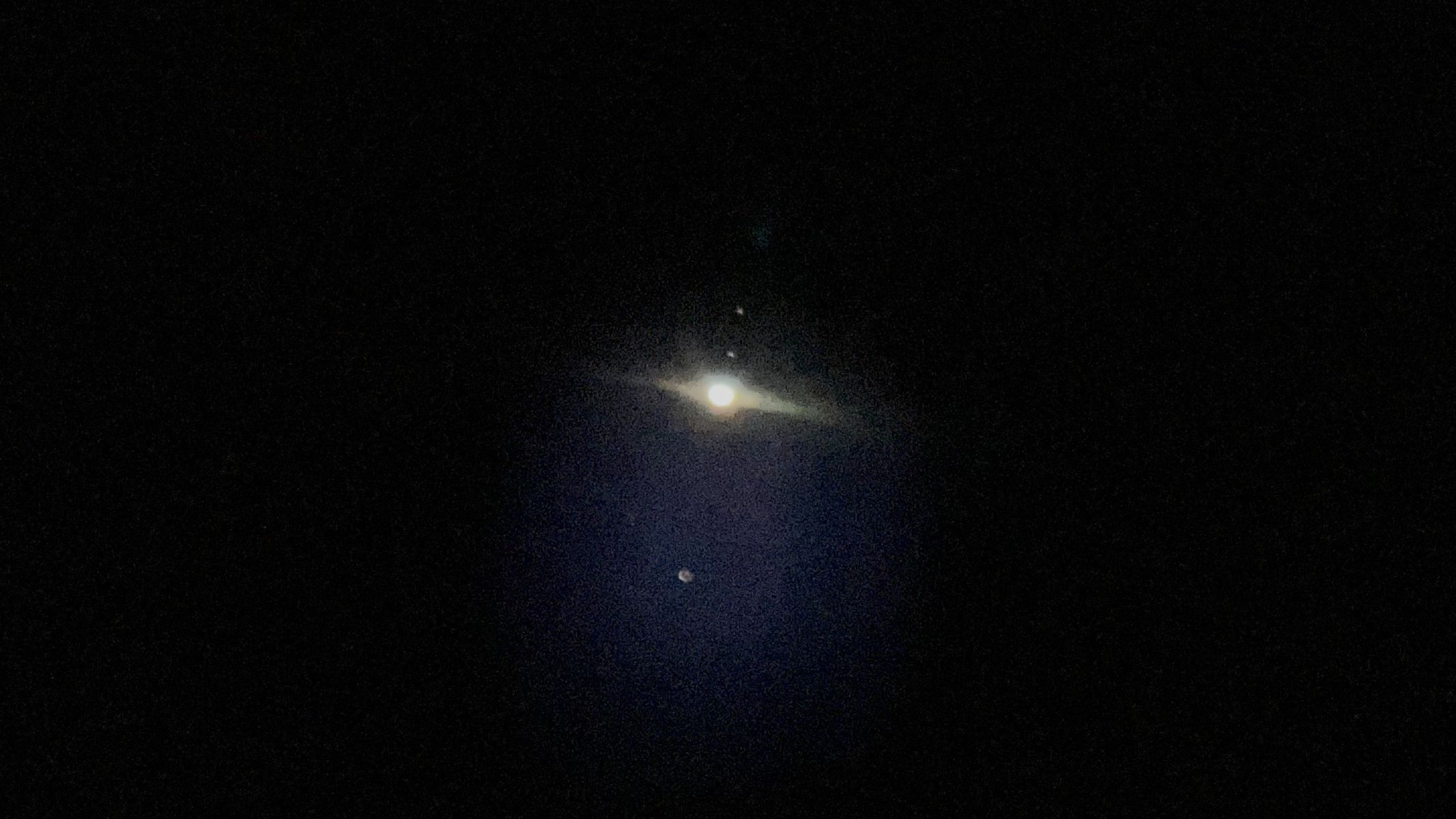
To really maximize the scope's capabilities, you'll probably want to opt for swapping out the supplied 25 mm Plossl for a 32 mm, and perhaps trying some additional magnification with a suitable Barlow (considering its highest useful magnification is 241x).
Celestron NexStar 4SE: Functionality
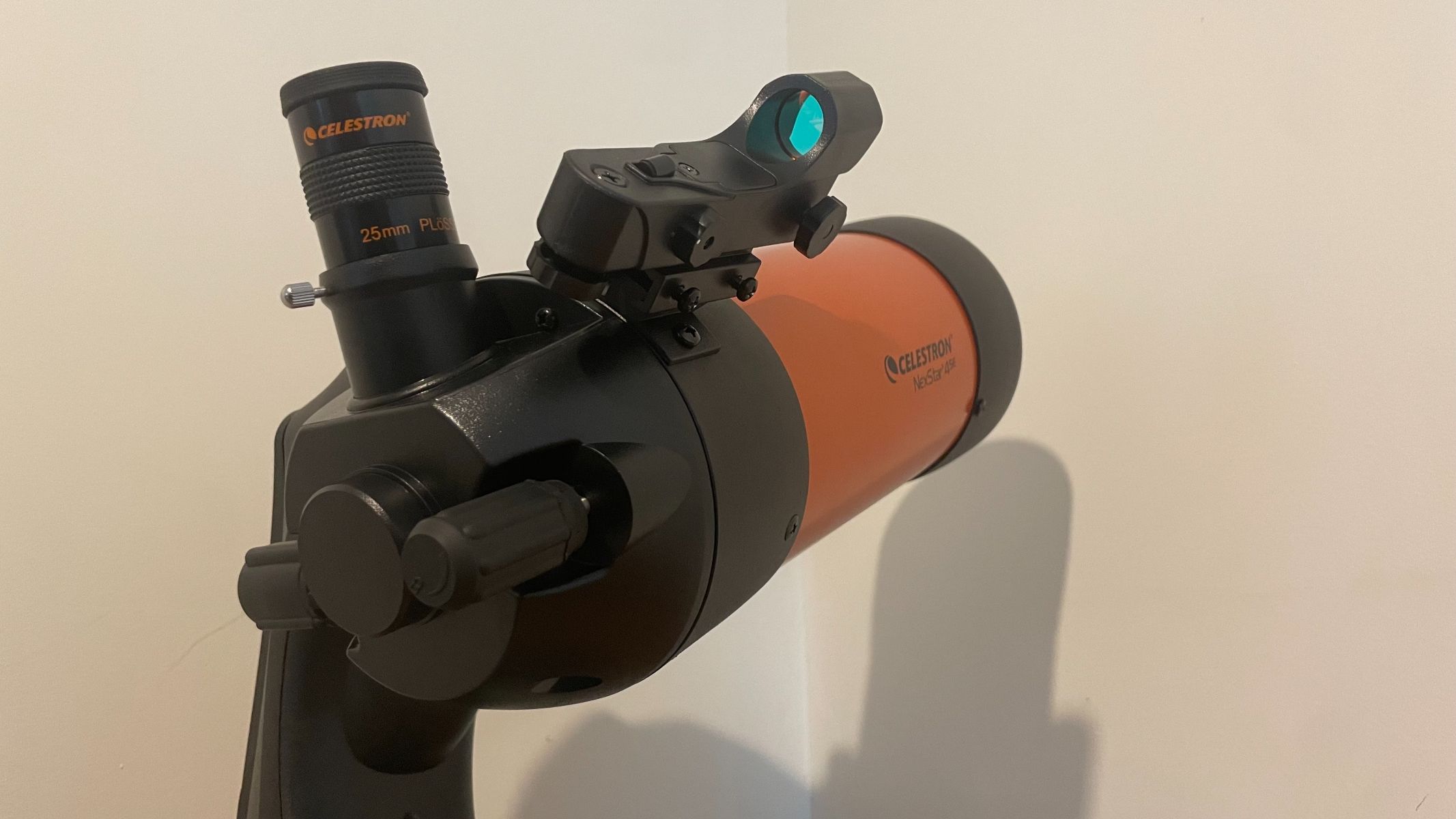
- Celestron's Skyalign and GoTo system automates most of the viewing work
- Alignment correction can be tricky
- Not quite the astrophotography scope it wants to be
The NexStar 4SE requires three bright celestial objects to triangulate its position, including the date, time and location (which it, unfortunately, doesn't remember each time it's rebooted). Using the supplied LED red-dot finder to center these objects and then aligning them through the eyepiece can take a bit of trial and error, especially if you're unfortunate enough to be viewing on a moonless evening like we were. Once it does figure out its position with respect to the night sky, the GoTo automation mostly works well, taking us to a host of planets and nebulae and only occasionally requiring a few corrective nudges. Thankfully, the NexStar's hand controller offers 9 slewing speeds, so any setting within 1 to 5 works well for gentle corrections.
The 4SE has a built-in star diagonal through an integrated flip mirror at the base of its fork arm. This diverts light out the back of the scope and — in theory — into a camera adapter or similar. This setup does add bulk to the telescope that some may feel is unnecessary considering the 4SE's f/13 focal ratio. The Alt-azimuth swivel mechanism clearly isn't designed to cater to serious long-exposure photography. Though it is able to track objects across the sky (the 'wedge' built into the mount lifts the optical tube to track space objects in a curved motion), we found this feature to be somewhat unreliable and finicky — certainly not precise enough to capture long exposures.
As mentioned, we were disappointed that Celestron doesn't include batteries with the NexStar 4SE, meaning our first trial required a pit stop to the local supermarket. A pack of 8x AAs were quickly drained, so an external power supply is the most reliable option for uninterrupted viewing. Not ideal, considering the telescope is already not the most portable on the market.
Should I buy the Celestron NexStar 4SE?
Aside from some questionable design choices, the NexStar 4SE is a good buy for the beginner astronomer for its ease of use and sharp, bright optics. With its user-assisted SkyAlign setup and built-in GoTo technology, it's a family-friendly option for night sky viewing in good conditions.
It may not represent the best value for money in the long term, however, considering how power-hungry it is and the additional accessories required to really optimize its capabilities — but that could equally be seen as an opportunity to grow with the telescope as viewing skill and technique evolve. There are more portable options around, but it's a solid build and will make for many enjoyable viewings.
If the Celestron NexStar 4SE isn't for you
A similarly priced Maksutov-Cassegrain with comparable optics is the Celestron Astro-Fi 102 which we reviewed. It comes with similar features to the NexStar 4SE, including the beginner-friendly GoTo tech and a 4-inch aperture with bright, sharp viewing. However, the Astro-Fi is controlled exclusively with a smartphone as opposed to the NexStar’s hand controller and comes with a pair of eyepieces.
More seasoned night sky observers, especially those into serious astrophotography and deep sky exploration will want to consider options offering a wider field of view and magnification ranges. The Sky-Watcher Virtuoso GTi 150P is one such option. With an 8-inch aperture and f/5 focal ratio for excellent wide-field deep-sky viewing. Though perhaps not as good as the NexStar 4SE for planetary viewing, it does come with GoTo for ease of use.
A slightly more expensive option, but one which arguably represents better long-term value, is the Sky-Watcher Skyliner-200P FlexTube. This 8-inch Dobsonian provides spectacular views of both planetary and deep-sky objects, by means of its well-accessorized package, including multiple eyepieces for a range of viewing targets. However, it does require regular collimation so probably more suited to the experienced astronomer confident with some tinkering.
Join our Space Forums to keep talking space on the latest missions, night sky and more! And if you have a news tip, correction or comment, let us know at: community@space.com.

Jonathan obtained his master’s degree in Theoretical Physics from Imperial College London, going on to teach high school mathematics and physics. He is passionate about science communication and believes in the power of physics to inspire, fascinate, challenge and engage all people, regardless of an individual's characteristics or background. A former assistant headteacher and school governor, he now works as a strategic development consultant, supporting schools, colleges and businesses to develop strategic and sustainable approaches to maximize educational and social impact. He also acts as Managing Director of The Blackett Lab Family, which is the UK’s network for Black physicists. In his spare time, he agonizes over the ups and downs of Arsenal football club and refuses to listen to anything other than 90s Hip Hop and RnB. He also spends a lot of time in the kitchen attempting to recreate classic Jamaican home cooking.
SpaceX launches 10th batch of 'proliferated architecture' spy satellites for US government (video)
When is the best time to see the Lyrid meteor shower 2025?
Gamma-ray bursts reveal largest structure in the universe is bigger and closer to Earth than we knew: 'The jury is still out on what it all means.'
